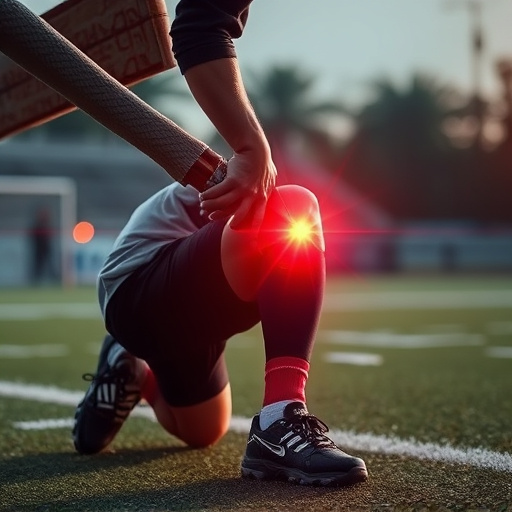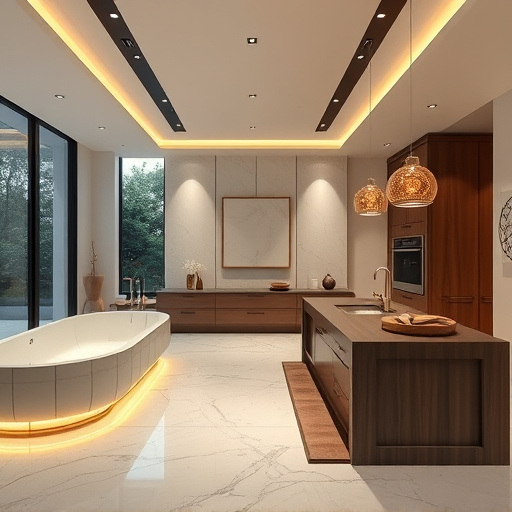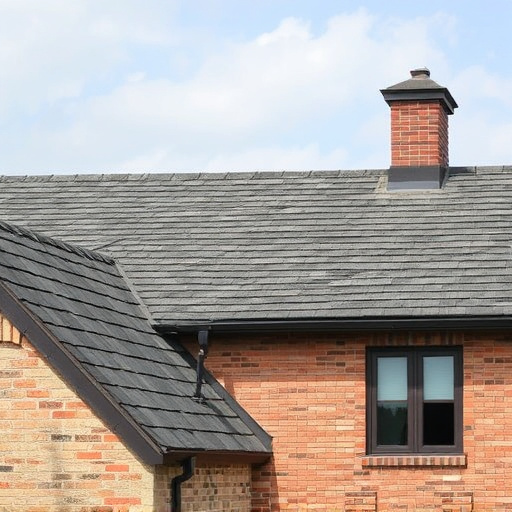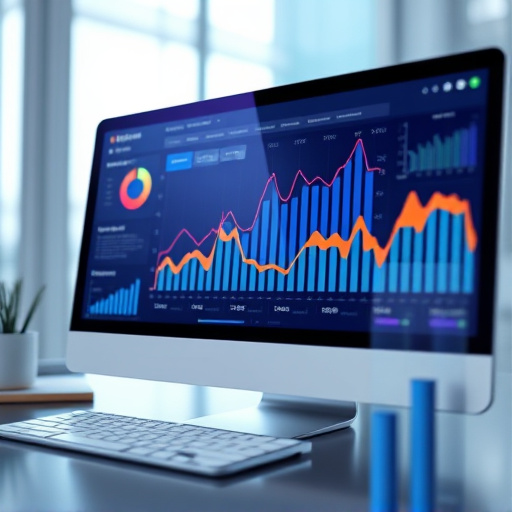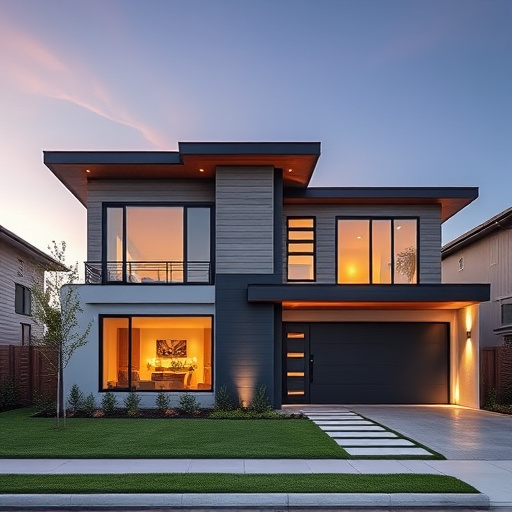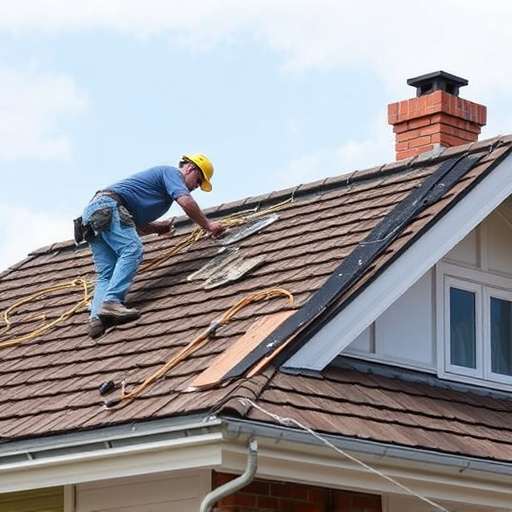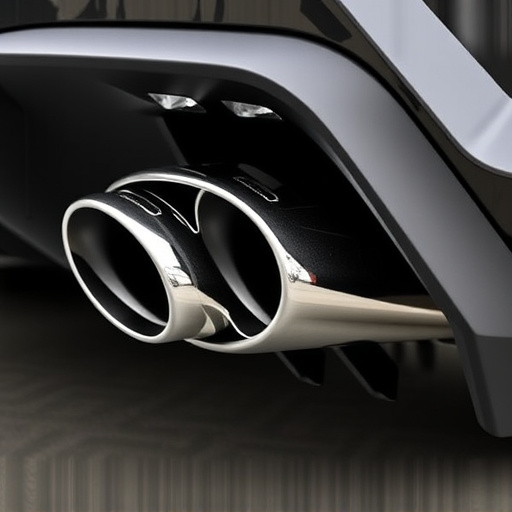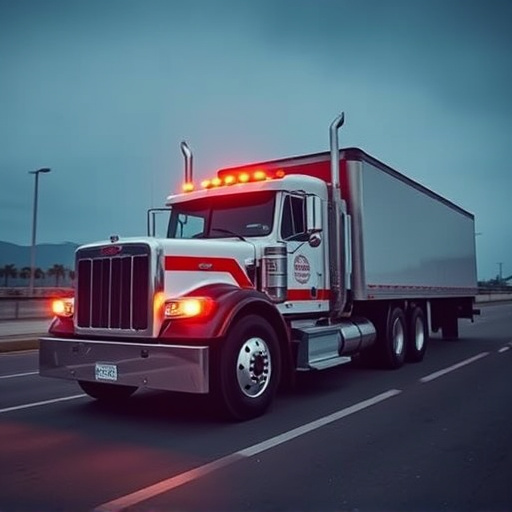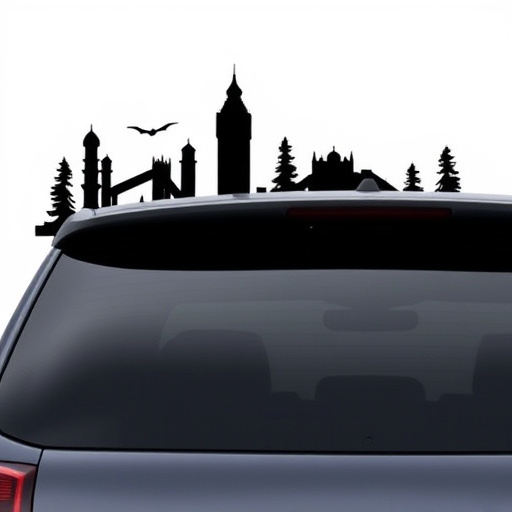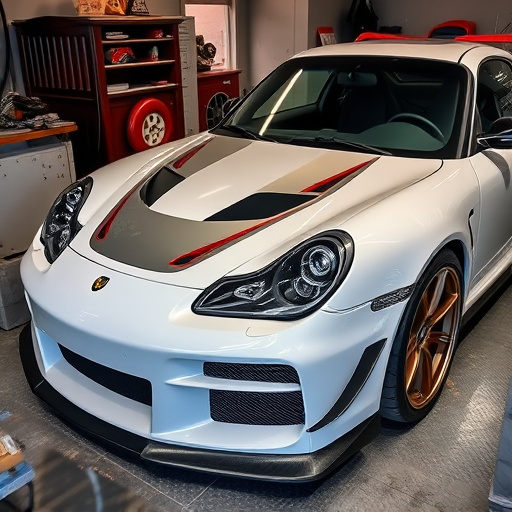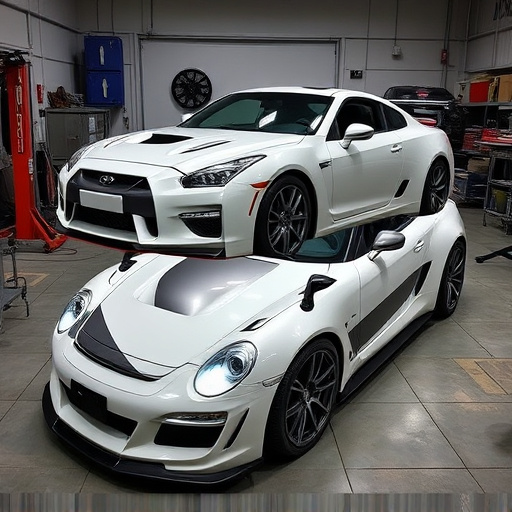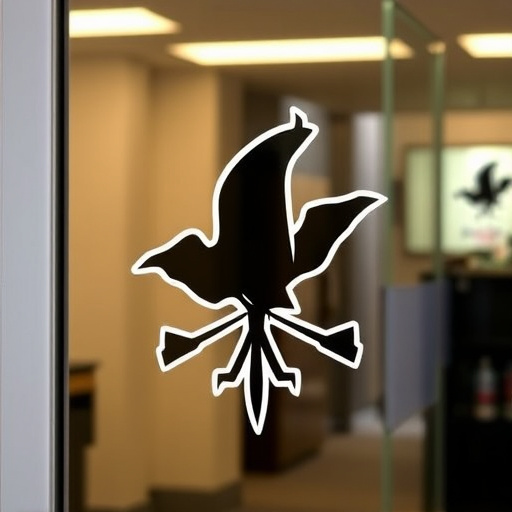3D technology has revolutionized floor graphics design, turning flat surfaces into immersive, interactive experiences. Integrating 3D elements offers aesthetic appeal and functionality, with applications in vehicle enhancement and interior design showcasing detailed textures and patterns. Advanced digital printing techniques and materials have democratized 3D design, enabling user-friendly creation of stunning floor graphics for various industries, from automotive customization to event marketing.
Unlocking Immersive Experiences: 3D Effects in Advanced Floor Graphics Design
The evolution of 3D technology has revolutionized floor graphics design, transforming static floors into dynamic visual narratives. This article delves into the growing significance of 3D effects, exploring their historical roots and how technological advancements have made them more accessible and visually stunning. We’ll uncover powerful techniques, highlight industry-leading tools, and showcase real-world applications that demonstrate the transformative power of integrating 3D elements into floor graphics design. Discover how this innovative approach enhances user experiences across diverse sectors.
- The Evolution of 3D in Floor Graphics Design
- – A historical perspective on 3D effects and their growing significance in floor graphics.
- – How advancements in technology have made 3D design more accessible and visually appealing.
The Evolution of 3D in Floor Graphics Design
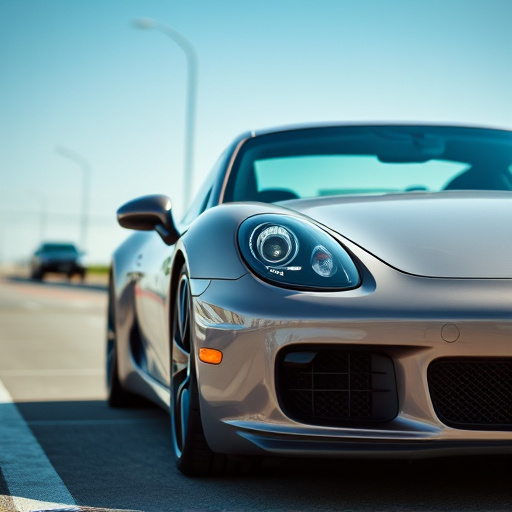
The evolution of 3D technology has brought about a revolution in floor graphics design, transforming mere flat surfaces into captivating visual experiences. What was once limited to two-dimensional representations is now enhanced with depth and realism thanks to advancements in rendering and modeling techniques. This shift has been particularly prominent in the realm of floor graphics applications, where designers strive to create visually stunning and immersive environments.
With the integration of 3D elements, floor graphics have moved beyond simple visual appeal, offering interactive and dynamic experiences. For instance, vehicle enhancement enthusiasts now benefit from detailed 3D renderings that showcase high-end vehicle wraps or protective films with intricate designs. These applications not only enhance the aesthetic appeal but also provide essential UV protection, ensuring the longevity of the graphics. Professional PPF (Paint Protection Film) installation teams leverage 3D modeling to create precise templates, streamlining the process and delivering exceptional results in a fraction of the time compared to traditional methods.
– A historical perspective on 3D effects and their growing significance in floor graphics.

The use of 3D effects in floor graphics application design is not a new concept but has evolved significantly over time. Historically, 3D technology was primarily confined to the realms of cinema and gaming, where it enhanced visual experiences with immersive depth and realism. However, as digital printing techniques advanced and materials became more versatile, incorporating 3D elements into floor graphics became feasible. This shift marked a turning point, especially in industries like automotive, interior design, and commercial spaces, where visual impact and customer experience are paramount.
Today, 3D effects offer a unique advantage in floor graphics application by creating realistic textures, intricate patterns, and visually captivating representations. From simple raised prints to complex tactile maps, these enhancements transform ordinary floors into stunning artistic pieces. Moreover, with innovations in materials like vinyl wraps and ceramic coatings, achieving both durability and esthetic appeal is now more accessible, catering to the growing demand for premium automotive services and high-end interior designs that incorporate cutting-edge technology.
– How advancements in technology have made 3D design more accessible and visually appealing.

Advancements in technology have democratized 3D design, making it more accessible and visually stunning than ever before. Tools once reserved for specialized studios are now available to designers and enthusiasts alike through user-friendly software and powerful yet affordable hardware. This accessibility has led to a surge in creative expression, particularly within the realm of floor graphics application design. Today, what was once a time-consuming and expensive process is now streamlined, allowing for intricate and lifelike 3D renderings that bring floor graphics to life.
The visual appeal of 3D design is amplified by its ability to create immersive experiences. From showcasing custom graphics on cars and vehicle wraps to crafting captivating display floors for events and retail spaces, 3D effects add a layer of depth and realism that captivates the audience. With advanced rendering techniques and precise control over lighting and textures, designers can craft scenes that not only look amazing but also tell compelling stories, making floor graphics application design a game-changer in various industries, including automotive customization and marketing.
The integration of 3D effects into floor graphics applications has marked a significant evolution, transforming ordinary flooring into captivating visual experiences. Technological advancements have democratized access to sophisticated 3D design tools, enabling creative professionals to craft immersive and realistic floor graphics. This trend promises to revolutionize the way we interact with spaces, elevating the humble floor from a mere surface to a dynamic element that enhances our environment. By leveraging 3D technology, floor graphics applications are set to become more engaging, visually stunning, and versatile, catering to diverse design needs and preferences.
